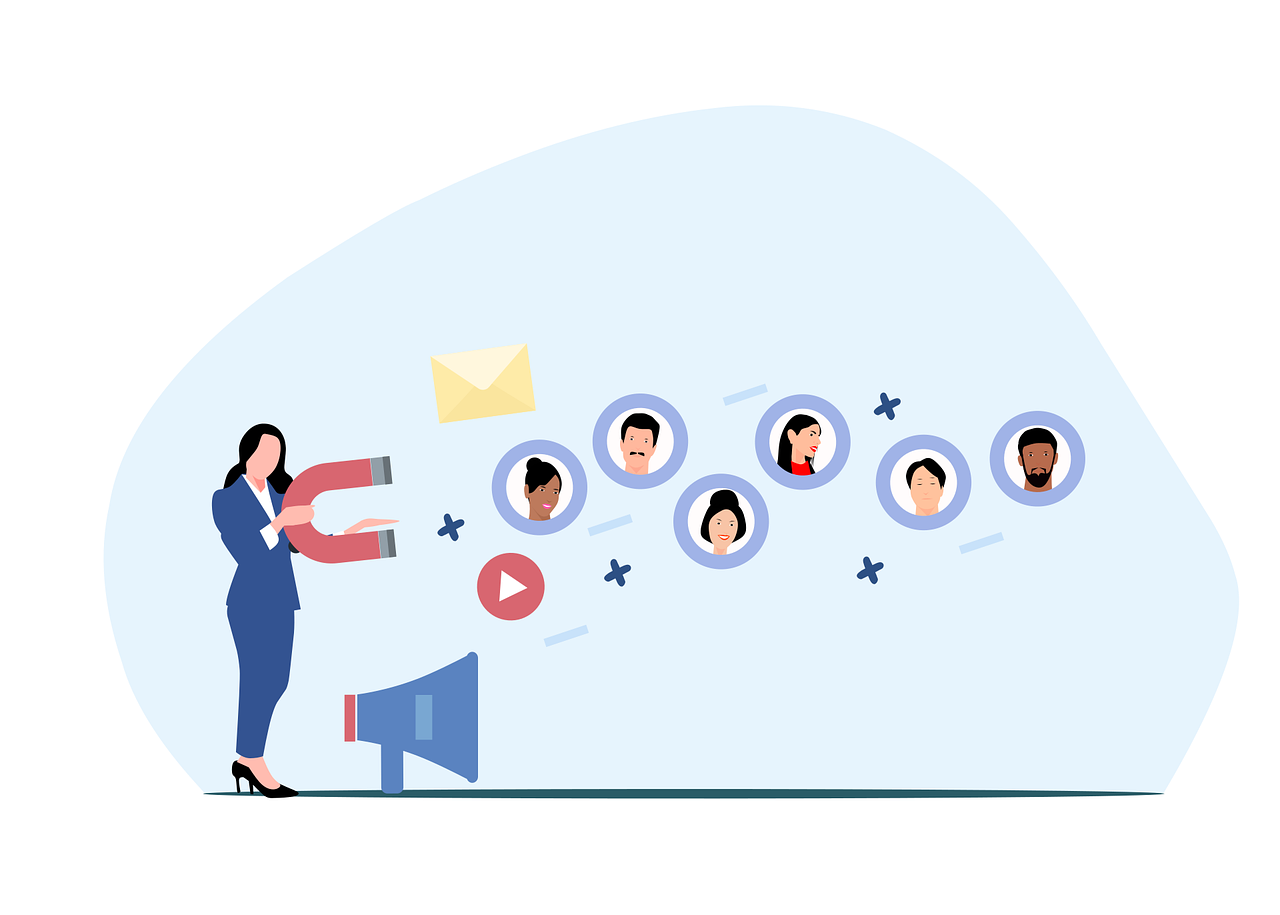Today, it is becoming increasingly difficult for a business to grow. The consumer has never had such a choice – from toothpaste to operating systems. Never have so many things distracted our attention – social networks, a new series of Euphoria, memes. And it's elementary for creative developers to come up with new niche products now. There is an explosion of information, options, and possibilities.
A satisfied customer is successful in everything
In such an environment, business is under enormous pressure. Not only do you need brilliant sellers and marketers, but it has also become insufficient for continuous growth. Attracting a new client costs more and more every year. That's where Customer Success comes out of the shadows.
The culture of Customer Success is widespread in services related to IT. It is a long–term strategy of your company, the goal of which is to make every customer happy.
How Customer Success came to the business's aid
Sales have always been the main driver of business. Until the beginning of the XXI century, they were the foundation for the growth of B2B companies. Marketers then bought lists for email newsletters, printed logos on pens, and occasionally showed up at conferences.
The service was not so important, and the employees of call centers were responsible for customer happiness.
Marketing has become the second driver of business. The Internet has opened the gates to a world of endless information. And then it turned out that if the buyer has a choice, he would like to check and search everything on his own, and only then communicate with the salesman when he is ready for this. Businesses had to relearn how to attract the attention of consumers.
Marketing departments began to grow – companies began to hire people to write blog posts, generate leads, to conduct online advertising campaigns and social networks. Sales departments were still crucial, but now growth began to depend on how many clients the marketer would lead. Attracting new customers was very cheap, so taking care of customer happiness was still not a priority.
But time, as usual, changes everything. Now Customer Success is being introduced as the third driver of the business. The choice of products has become so great that potential buyers are drowning in this stream.
Think about it – only 3% of consumers believe salespeople and marketers! The cost per click increases with each new ad, and to reach a new audience, even on social networks, you need to have a rather big budget.
When it becomes more expensive to attract new clients, and they can leave in a couple of clicks, there is a radical change in thinking. Now the business realizes that it needs to pay much more attention to the happiness of its loyal customers. Yes, you still need salespeople to close deals, and marketers to supply them with leads. But nowadays, your growth is determined not by the size of the marketing team but by how well you can stop the outflow of customers and build a base of your happy, dedicated promoters.
A recent HubSpot study found that growing companies are 21% more likely than others to care about customer success. And no, it's not because they have a lot of money and can spend it on whatever they want. Such teams are 33% more economical than competitors.
It's just that these companies understand something vital: spending money on a new client who will leave in 3 months is ineffective. That's why a loyal consumer is the main goal, and that's why they need Customer Success.
But if you go to Google and read reviews about the random big company, you will see tons of hate. The problem is the stereotype that Customer Success is just a new name for customer support.

Customer Success does not equal support service
The business has always suspected that customer happiness is one of the indicators of success. But usually, the achievement of this task was pushed to the support service. For a long time, online chats (or contacting by mail) were the only way to reach out to the company and tell it about their problems. Support helped clients solve urgent issues, and everyone was kind of happy.
But do you know what the catch is? Hundreds of calls can come to the chat to fix something specific - for example, authorization. Support will help each user to register on the site. But they will not look at this problem systematically. It is unlikely that these complaints will reach the management or UX specialists in principle. As a result, some users will leave the site altogether, and the others, even after successful registration with the help of support, will have an unpleasant aftertaste.
Customer Success as a way of thinking
That's where Customer Success specialists would be useful to you. CS is possible only when problems are solved not here and now, but prevented in the future. In most successful companies, support and Customer Success work together as salesmen and marketers.
For example, there is an interesting case in Slack's blog. This business messenger is especially convenient for small companies, but the guys understood that they needed to grow. How to connect customers with tens of thousands of employees to their service? The Slack team has a wide field for experiments. Only it seemed like a mine at that moment:
According to Harvard Business School research, in 70% of cases, large companies fail in the transition to new methods of work.
But Slack coped thanks to the Customer Success department. They are building a whole strategy to transfer big clients to their messenger. First, they conduct research and train specialists, who later work on the client's side. Then – a series of interviews with employees and experiments. Eventually, "training sessions" prepare the client and his employees for Day X – a transition to Slack. And when a new milestone has already started, Customer Success managers are always available in a chat #help-slack and constantly come to the customer's aid.
Since the introduction of Customer Success, Slack has doubled its capitalization from $2.6 billion in 2015 to $5.1 billion by the end of 2017. And growth is just beginning! According to surveys conducted by Walker in 2018, 86% of consumers are already ready to spend more money for a cool service. According to forecasts, by 2023, the customer experience will bypass the price and the product and become the main priority for choice.
However, having a Customer Success department will not automatically mean that you are now as customer-oriented as possible. Nor will its absence say otherwise. For example, Amazon has one of the best support services, but no customer has yet received an email from their Customer Success manager. Many IT startups work well with customers. They have detailed instructions and a giant knowledge base. And in this case, they don't even need a Customer Success team.
After all, this is no longer about a mystical team of specialists who will make you and your consumers happy, but about a way of thinking. Of course, the most successful companies of the future will have top marketers on their staff, but people will also talk about their amazing work with clients. And even haters will become active supporters. And that's what we need to strive for! ❤️


